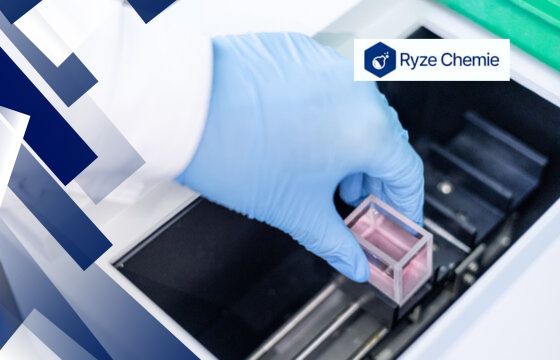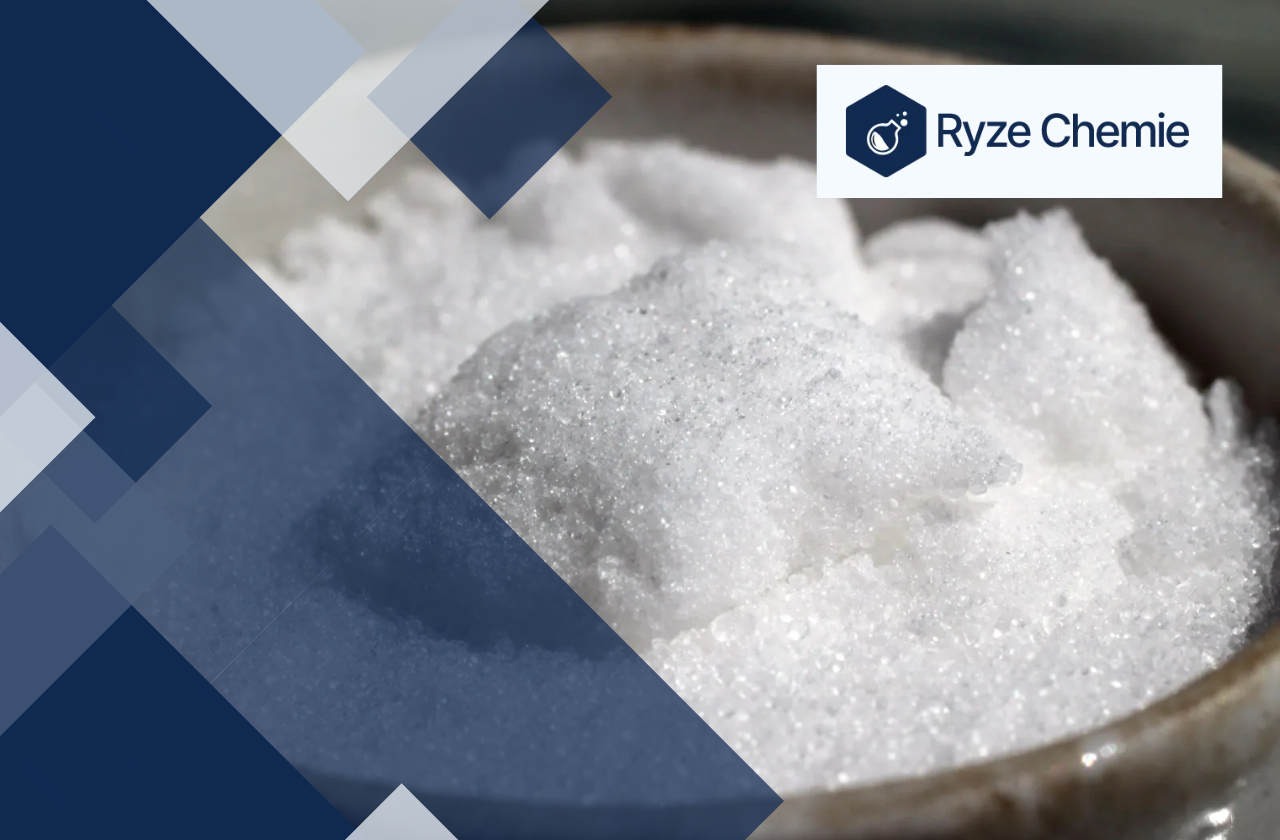
Stay up-to date on the
latest blogs. Join our
newsletter today!
This site is protected by reCAPTCHA and the Google Privacy Policy and Terms of Service apply.
How to Safely Dispose of Expired Laboratory Chemicals: A Comprehensive Guide

Written by Team Ryze Chemie
4 mins read · Feb 11, 2025

How to Safely Dispose of Expired Laboratory Chemicals: A Comprehensive Guide
Laboratories are hubs of innovation, driving research and development across countless fields. However, with the frequent use of chemicals comes the challenge of managing expired substances. Expired chemicals aren’t just a logistical headache—they can pose serious risks to health, safety, and the environment if not handled correctly. In this guide, we’ll explore how to safely dispose of expired laboratory chemicals, ensuring compliance with regulations and promoting sustainable practices.
Table of Contents
Why Expired Chemicals Are a Problem
Expired chemicals aren’t simply past their prime—they can become hazardous over time. Chemical degradation can lead to instability, increased reactivity, or even the formation of dangerous by-products. For example:
-
Ethers: These can form explosive peroxides as they age.
-
Acids and bases: They may corrode their containers, leading to leaks or spills.
These risks highlight the importance of proper disposal to prevent accidents, environmental harm, and regulatory violations.
A Step-by-Step Guide to Safe Disposal
1. Inventory and Identification
Begin with a thorough inventory of all laboratory chemicals. Identify expired substances, noting their composition, quantity, and hazard classification. This step ensures the appropriate disposal method and prevents hazardous materials from being overlooked.
2. Segregation
Segregate chemicals based on their compatibility. Mixing incompatible substances—such as acids and bases or oxidizers and organic materials—can lead to dangerous reactions. Proper segregation minimizes risks during storage and disposal.
3. Consult Safety Data Sheets (SDS)
Refer to the Safety Data Sheet (SDS) for each chemical. The SDS provides essential information on handling, storage, and disposal. It outlines specific hazards and recommends disposal methods tailored to the chemical’s properties.
4. Neutralization and Treatment
Some chemicals can be neutralized or treated on-site to make them less hazardous. For example:
-
Acids and bases can often be neutralized to form water and salts.
This process should only be conducted by trained personnel with proper safety gear and protocols.
5. Engage Licensed Waste Disposal Services
For chemicals that cannot be treated on-site, partner with licensed waste disposal providers. These professionals specialize in hazardous materials and ensure disposal methods comply with local, national, and international regulations. Verify the credentials of the disposal service to guarantee safe and compliant practices.
6. Documentation and Record-Keeping
Maintain detailed records of all disposed chemicals, including their type, quantity, and disposal method. Proper documentation is not only a regulatory requirement but also serves as a valuable reference for future waste management activities and audits.
The Importance of Regulatory Compliance
The disposal of hazardous waste is subject to strict regulations worldwide. These rules are designed to protect human health and the environment. For example:
-
United States: The Resource Conservation and Recovery Act (RCRA) governs hazardous waste management.
-
European Union: The Waste Framework Directive provides a similar framework.
Non-compliance can result in hefty fines, legal action, and reputational damage. Staying informed about regulatory updates is essential for maintaining compliance.
Environmental Responsibility
Beyond meeting regulatory requirements, there’s a moral imperative to minimize the environmental impact of chemical disposal. Improper disposal can lead to:
-
Soil contamination
-
Water pollution
-
Air pollution
These can have long-term consequences for ecosystems and public health. By adopting sustainable disposal practices, laboratories and facilities contribute to global efforts to protect the environment and promote a circular economy.
Conclusion
Safely disposing of expired laboratory chemicals is a critical responsibility for any facility handling hazardous materials. By following the steps outlined in this guide—conducting thorough inventories, segregating chemicals, consulting SDS, neutralizing where possible, engaging licensed disposal services, and maintaining proper documentation—you can ensure safe and compliant management of hazardous waste.
This process not only mitigates risks but also reinforces a commitment to environmental stewardship and regulatory adherence. As leaders in innovation and research, it’s our duty to prioritize safety, sustainability, and responsibility in every aspect of operations. Together, we can create a safer, cleaner, and more sustainable future for all.
Latest Blogs








